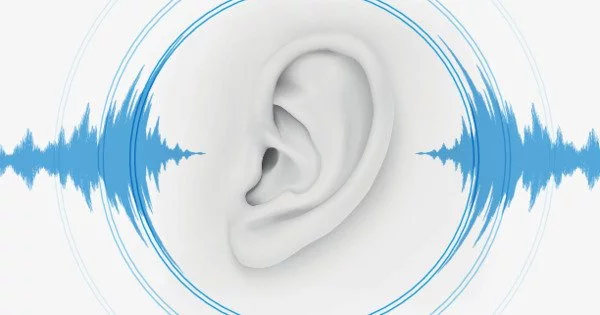Occupational hearing loss (OHL) is hearing loss that occurs as a result of occupational hazards, such as excessive noise and ototoxic chemicals. It refers to the gradual or sudden loss of hearing due to prolonged exposure to loud noise or harmful sound levels in the workplace.
Noise is a common workplace hazard, and recognized as the risk factor for noise-induced hearing loss and tinnitus but it is not the only risk factor that can result in a work-related hearing loss. It is one of the most common work-related health issues worldwide. Also, noise-induced hearing loss can result from exposures that are not restricted to the occupational setting.
Causes
- Noise exposure: The primary cause of occupational hearing loss is prolonged exposure to high noise levels in the workplace. Industries such as construction, manufacturing, mining, agriculture, aviation, and entertainment are particularly prone to high noise environments.
- Ototoxic substances: Some chemicals and solvents used in certain work environments can damage the auditory system and contribute to hearing loss. These are known as ototoxic substances.
- Physical trauma: Workplace accidents or injuries involving the head or ears can lead to hearing loss.
The World Health Organization estimates that over 600 million people are at risk of developing occupational hearing loss globally. OHL is a prevalent occupational concern in various work environments worldwide. In the United States, organizations such as the Occupational Safety and Health Administration (OSHA), the National Institute for Occupational Safety and Health (NIOSH) and the Mine Safety and Health Administration (MSHA) work with employers and workers to reduce or eliminate occupational hearing hazards through a hierarchy of hazard controls.
Symptoms
The symptoms of occupational hearing loss may include:
- Gradual or sudden hearing loss over time.
- Difficulty understanding speech or conversations, especially in noisy environments.
- Ringing in the ears (tinnitus).
- Sensation of fullness or pressure in the ears.
- Trouble hearing high-pitched sounds.
OHL is one of the most common work-related illness in the United States. Occupational hearing hazards include industrial noise, and exposure to various ototoxic chemicals. Combined exposure to both industrial noise and ototoxic chemicals may cause more damage than either one would in isolation. Many chemicals have not been tested for ototoxicity, so unknown threats may exist.
Prevention
Preventing occupational hearing loss is essential to protect workers’ hearing. Some preventive measures include:
- Engineering controls: Implementing noise reduction techniques or using quieter machinery and equipment can significantly reduce noise exposure.
- Administrative controls: Scheduling rest breaks, rotating workers out of noisy areas, and limiting the duration of exposure to loud noise can help reduce the risk.
- Personal protective equipment (PPE): Providing and enforcing the use of hearing protection devices, such as earplugs or earmuffs, can safeguard workers from excessive noise.
- Workplace monitoring: Regularly assessing noise levels in the workplace to identify potential hazards and implementing appropriate measures.
- Training and education: Raising awareness among employees about the risks of occupational hearing loss, proper use of hearing protection, and recognizing early signs of hearing impairment.
Treatment
Unfortunately, occupational hearing loss is often permanent. Early intervention is crucial, so affected individuals should seek medical attention as soon as they notice any hearing difficulties. Hearing aids, assistive listening devices, and communication training may be recommended to manage the hearing loss and improve quality of life.
















